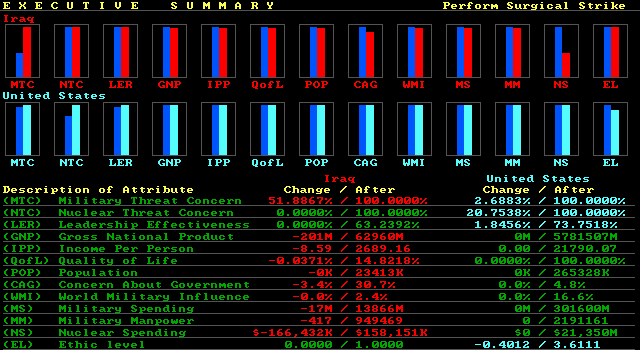

She added that shadow banking assets are likely to contract by single digits on a year-over-year basis until shadow banking risk subsides further.īeijing has so far unwound very few measures that were put in place in 20 to contain the financial risk of the once fast-growing nonbank lenders, especially following high-profile defaults of trust companies such as Anxin Trust Co. " As banks increase lending quota for which used to borrow from shadow banking channels, we expect banks loan growth would continue to outpace total social financing growth," said Cindy Wang, an analyst at DBS Group Research. 30, driven by the government's call to lend more aggressively to the pandemic-hit economy.


The GDP of the world's second-largest nation increased by 0.7% over the first three quarters of 2020 from a year ago, compared with a 1.6% decline in the first half.Īccording to PBOC data, total outstanding yuan loans at Chinese financial institutions hit a record high of 169 trillion yuan in the quarter ending Sept. "Given the de-emphasis of a headline GDP growth target, it is unlikely shadow banking will be allowed to grow again and formal bank lending will continue to form the bulk of new credit lending in China as banks continue to provide financial support to businesses and investments," he said.Ĭhina's economy has rebounded from contraction earlier this year and is on track for full-year growth. "We believe that the government will prioritize financial stability rather than a headline growth number," Yong Hong Tan, portfolio manager at Eastspring Investments, told S&P Global Market Intelligence. September's contraction rate, however, was the lowest since the year-over-year decline of 2.31% in July 2018. Īs of end-September, core shadow banking assets, which include outstanding entrusted loans, trust loans and undiscounted bankers' acceptances, totaled 22.06 trillion yuan, down 2.8% from a year earlier, according to data from the People's Bank of China. Less creditworthy borrowers in China who used to lean on nonbank lending are set to remain under funding pressure in the medium term, analysts say, a s the nation relies more on formal bank loans to reboot its pandemic-hit economy in order to prevent risk in the shadow banking system from flaring up again as in past recovery cycles.


 0 kommentar(er)
0 kommentar(er)
